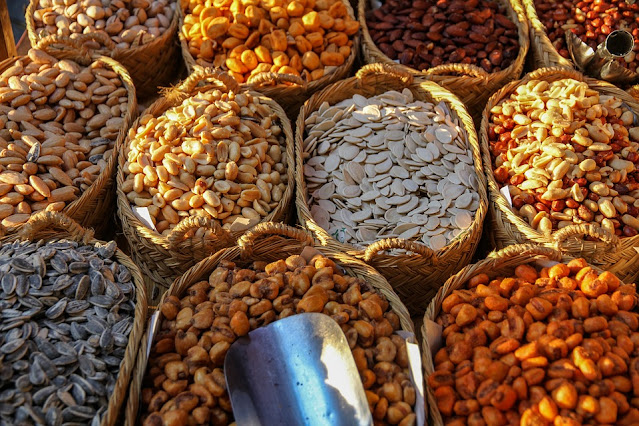The Super Seed - Quinoa
Quinoa, as most may think, is not a grain but an edible seed from the quinoa crop. Native to South America, it is known as the “mother grain” by the Bolivians. It is related to amaranth, spinach, and beetroots. Quinoa has been domesticated around 3000 to 4000 ago in Andean regions. It was cultivated by the Incas and was considered sacred by them. A staple food of the South Americans, quinoa which is gluten free and high on protein is becoming popular all over the world now for its various health benefits.
How to include quinoa in diet?
You can find quinoa in natural/health food stores and it is available as white, black and red seeds. With its mild flavor and crunchy texture, quinoa blends well with many foods. You can cook quinoa similar to rice. When cooked correctly, quinoa should be fluffy like our basmati rice with a mild crunch and nutty flavor.
You can also mill quinoa as flour and mix it with your regular flour for chapatis and rice batter for dosas. Quinoa flour can also be used in baking for making gluten-free cakes and also pastas and cereals. You can include quinoa in salads to give the salads a crunchy twist.
Here is why you should include quinoa as a part of your regular diet.
Plant-based protein: Quinoa is one of the few plant-based foods that is high in protein and contains all the nine aminoacids essential for the body to function well. Even rice, wheat and other grains do not contain all the necessary aminoacids.
Rich in fiber: Quinoa contains almost double the amount of fiber than other grains and a cup of quinoa provides your body with 1/5th of the fiber needed in a day. The high fiber content helps in preventing cardiovascular diseases, blood pressure, diabetes and cholesterol. It also reduces the risk of developing hemorrhoids.
High level of vitamin B/mineral content: Quinoa is rich in minerals such as magnesium, manganese, zinc, folate, iron and B vitamins. These vitamins and minerals increase energy metabolism, prevent anemia, help in tissue repair, detoxification, formation of strong bones and teeth and help you remain active and energetic.
Gluten-free: One of the important properties of quinoa is that it is free from gluten and is an ideal choice for people who are allergic to gluten and are following gluten-free diet. You can mix and match quinoa with legumes and even other grains to enjoy a range of recipes to suit your diet.
Low glycemic index (GI): Quinoa has a GI of 53 and helps in stabilizing blood sugar. You can combine it with other foods that have low GI to keep yourself healthy and prevent the rise of blood sugar levels and diabetes.
Anti-oxidant & anti-inflammatory properties: Quinoa is rich in flavonoids and anti-oxidants. The phytonutrients in quinoa help you fight against free radicals and ageing. Quinoa is also said to relieve people from inflammatory conditions due to its anti-inflammatory properties. It is also said to have antiseptic properties.
Weight loss: Due to its rich protein and fiber content, quinoa is a great choice for people who want to lose/manage weight. The goodness of quinoa keeps you feeling full and helps reduce binging. You can combine it with vegetables and fruits to obtain optimal nutrition.
Be sure to check your allergies and consult your Dietician/Nutritionist before you include quinoa in your diet.









Comments
Post a Comment